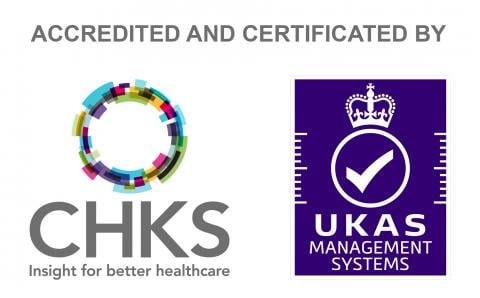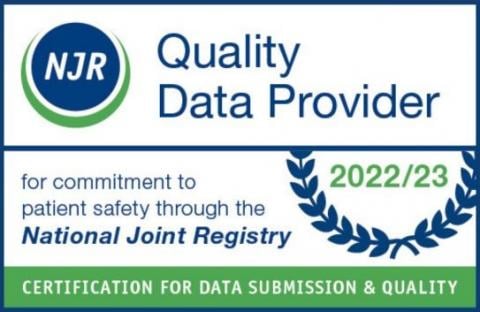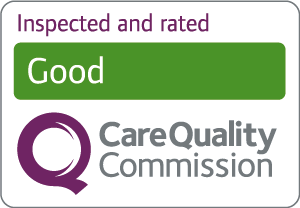
November is the month dedicated to raising awareness for men’s health. Often talks and social media campaigns are focused on prostate cancer, but it is also important to speak about testicular cancer. Testicular cancer, although rare, doesn’t have to be overlooked, especially by young men. Mr Konstantinos Charitopoulos, Urological Surgeon at New Victoria Hospital, tells you which symptoms you should pay attention to and why is it so important to check your testicles regularly.
50% of all testicular cancers affect young men between 20 and 40 years old
Testicular cancer is a type of cancer that develops in the testicles and is the most common cancer among men aged 20-40.
Almost 2,300 men are diagnosed with testicular cancer in the U.K. each year. That is approximately 1% of cancers diagnosed in men. Younger men are more likely to get this type of cancer, and it becomes less common as men get older.
The testicles produce sperm and testosterone. Testosterone is required for the development of a deep voice, beard growth, muscles, the ability to have an erection and male sex drive.
What are the risk factors for testicular cancer?
Testicular cancer is considered a rare form of tumour. Although risk factors increase your chances of developing it, these are still extremely low compared to other types of cancer.
The most common risk factors are:
- Undescended testicles
- Fertility problems such as low semen or sperm motility
- Family history of testicular cancer
Signs to look out for when checking your testicles
The first sign of cancer in your testicles is frequently a lump or swelling in one of them, and occasionally, this is first noticed by the patient’s partner. The lump is usually painless although some men with testicular cancer do complain of pain in one of their testicles initially (1 in 5 men).
The lump itself does not have to be big to raise a concern, and sometimes it may be felt like a small hard area in one of the testicles.
However, the majority of the lumps felt are not cancer and can represent other conditions such as a hydrocele (i.e. collection of fluid in the scrotum) or a cyst in the epididymis (i.e. a structure around the testicle itself) which are both benign conditions.
Nevertheless, a visit to a doctor is essential to distinguish between a benign or a malignant condition.
Other symptoms to look for are:
- Pain in the testicles or scrotum
- Heavy scrotum
- A firm, hard area in your scrotum
- Any new difference in shape or size between testicles
- Enlargement of your breasts or discharge from your nipples
- A lump in your groin area
In some patients, testicular cancer can spread outside the testicles at the time of the initial diagnosis. It can involve the lymph glands and, depending on the location, it can cause backache, a dull ache in the lower abdomen or a lump can be felt around the collar bone or the neck.
How to check your testicles
A recent BUPA research showed that 24% of the men who participated in the survey, had never checked their testes, and 45% didn’t check themselves regularly.
Self-examination needs to be done at least once a month, and preferably under the shower, where the heat can facilitate relaxation, and it will be easier to spot lumps.
Start at the top of one testicle and hold it between your thumb and fingers and roll it to look for any abnormalities. Then do the same for the other testicle and pay attention to any difference in shape or size between the two as well.
When should you see a doctor?
You should seek immediate medical advice when you feel a lump or swelling in one of your testicles, especially if you think this is new. You should also book a consultation if you experience sharp pain in either of your testicles, feel a “heavy” scrotum or notice an unusual difference between one testicle and the other.
Initially, you can contact your General Practitioner (GP) who ordinarily would refer you as a matter of urgency to a Urologist for further evaluation.
You can also book a private consultation with a Urologist if you are concerned about your symptoms and want to have faster access to diagnostic exams.
What are the examinations required to diagnose testicular cancer?
After a clinical examination where both your testicles and abdomen are checked, further tests are needed:
- An ultrasound scan of the scrotum - to provide crucial information about the nature of the lump.
- A blood test - to check for proteins that are called testicular tumour markers.
- MRI (i.e. Magnetic Resonance Imaging) or CT (Computerized Tomography) - to determine if cancer has spread outside the testicle itself.
What happens if testicular cancer is identified?
If a tumour is identified, then removal of the affected testicle is recommended. This is called orchidectomy.
During the consultation, your Urologist will discuss the possibility of having a prosthesis inserted and sperm banking.
A prosthesis is an implant that can be placed at the site of the removed testicle for cosmetic purposes. It can be inserted either at the time of the orchidectomy or on a later date. Sperm banking is offered to all men who may want to have children in the future. This is done by collecting sperm before treatment which is then frozen and stored.
What does orchidectomy involve?
Orchidectomy involves an incision over the groin, and through that incision, the affected testicle is exposed and removed.
The procedure takes place under general anaesthetic, and the patient usually goes home on the same day. The removed testicle is sent for analysis under the microscope, and the results will help determine the type of cancer and the future treatment steps.
Most men return to their normal routine within two weeks of surgery, although they should avoid heavy lifting and strenuous exercise for a month.
Depending on the type of cancer and the staging, additional treatment to the orchidectomy may be needed. Further treatment can include radiotherapy, chemotherapy and surgical removal of any lymph nodes in the abdomen.
Overall, testicular cancer has an excellent prognosis, and the majority of men survive their disease. Self-examination is vital to pick up any abnormalities. At the first sign of any change in the size or texture of the testicles, a visit to the Urologist is mandatory.
If you are concerned about any lumps in your testicles or other symptoms and want to book an appointment with one of our Consultant Urologists at New Victoria Hospital, you can call the Outpatient Department o 020 8949 9020 or:













